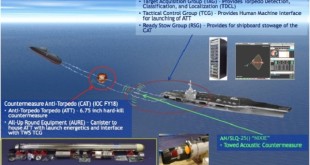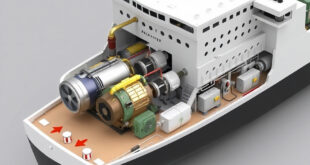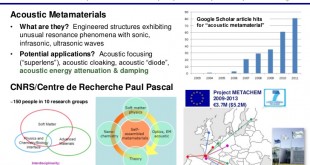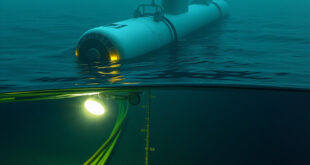Introduction In an era marked by increasingly advanced underwater threats, surface ships must defend themselves against torpedoes that are not only faster and stealthier than ever before but also integrated with sophisticated guidance systems. Next generation Surface Ship Torpedo Defence (SSTD) systems are emerging as the ultimate solution, providing a …
Read More »Deep Sea Mapping: Paving the Way for Sustainable Deep Sea Mining and Advanced AUV Operations
Deep Sea Mapping: Shaping the Future of Mining, AUVs, and SustainabilityMapping the ocean floor is unlocking critical minerals, enabling advanced AUV operations, and ensuring sustainability in the global race for deep-sea resources. As terrestrial reserves of critical minerals diminish and global demand soars, the ocean floor has emerged as a …
Read More »China’s Advances in high speed and Secure Submarine Communication Technologies
Introduction China is making significant strides in advancing submarine communication technologies, aiming to enhance the speed, security, and stealth of underwater data transmission. As the backbone of global connectivity, these submerged infrastructures are critical for international communication, financial transactions, and energy distribution. With emerging technologies designed to secure military operations …
Read More »Supersonic Anti-Ship Missile Torpedoes and Missile Assisted Torpedoes: Transforming Underwater Warfare
Introduction The future of underwater warfare is being reshaped by cutting-edge missile technologies that promise to redefine naval combat. Supersonic anti-ship missile torpedoes and missile-assisted torpedoes represent a groundbreaking convergence of high-speed missile capabilities with advanced underwater propulsion systems. These innovative weapons systems are designed to rapidly close the gap …
Read More »Rising Threat of Stealthy, Lethal Torpedoes: Advanced Anti-Torpedo Decoys and Emerging Countermeasure Solutions and Technologies
Introduction Modern torpedoes have evolved into stealthy, highly lethal weapons capable of endangering both surface ships and submarines. With improved propulsion, extended range, advanced acoustic sensors, and sophisticated guidance systems, today’s torpedoes present unprecedented challenges on the modern battlefield. As navies worldwide confront this growing threat, industry efforts have intensified …
Read More »Seabed Warfare Threats: New Strategies, Platforms, and Technologies for Maritime Security
🔹 Watch the Explainer Video: Explore how nations are preparing for the next frontier of conflict—beneath the waves—through advanced strategies and technologies for seabed warfare. Introduction As global maritime trade grows increasingly vital to our interconnected world, the security of our oceans has never been more critical. While traditional naval conflicts …
Read More »Dual-Fuel Electric+ (DFE+) and Dual-Fuel Diesel Electric (DFE) Propulsion Systems: The Future of Maritime and Industrial Efficiency
DFE and DFE+: Powering the Future of Clean, Smart Marine Propulsion From LNG to batteries, dual-fuel systems are driving the global shift to cleaner, more flexible energy on sea and land. The global push toward cleaner and more efficient energy solutions has driven significant advancements in hybrid propulsion technology. Dual-Fuel …
Read More »Acoustic Metamaterials in Defense and Security – Stealth, Anti-Surveillance, and Shockwave Protection
Acoustic Metamaterials: The Future of Silent Warfare and Shockwave Protection How engineered sound-bending materials are reshaping stealth, surveillance evasion, and battlefield protection. Acoustic metamaterials are engineered materials designed to manipulate sound waves in ways that natural materials cannot. These innovative structures absorb, redirect, or completely block sound, offering groundbreaking applications …
Read More »Underwater Fibre Laser-Induced Plasma Detonation Wave Propulsion: A New Era for Submarine Technology
Laser-Driven Submarines: Underwater Fibre Plasma Propulsion Redefines Naval Speed and Stealth The world of underwater propulsion is about to take a leap forward, thanks to an exciting breakthrough in the field of laser technology. While submarines and other underwater vessels have traditionally relied on mechanical propellers to generate thrust, new …
Read More »Cable Laying Vessels: Engineering Marvels Powering Global Connectivity
🎥 Watch: How Cable Laying Vessels Power the Digital and Green Energy Revolution Discover how high-tech ships are building the backbone of global internet and renewable energy—one cable at a time. Beneath the ocean’s surface lies a hidden network of cables—thousands of miles of fiber-optic threads and power lines that …
Read More » International Defense Security & Technology Your trusted Source for News, Research and Analysis
International Defense Security & Technology Your trusted Source for News, Research and Analysis








